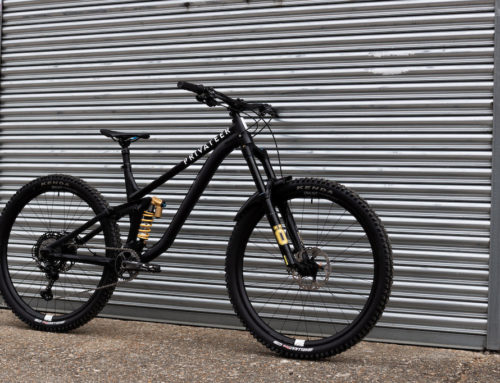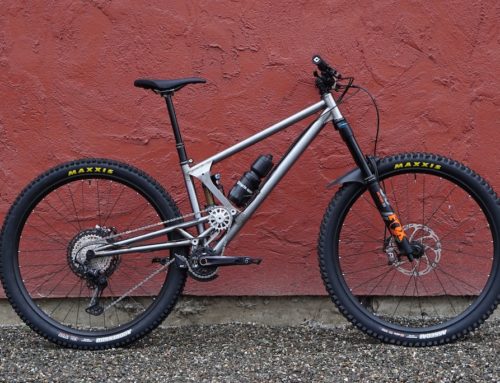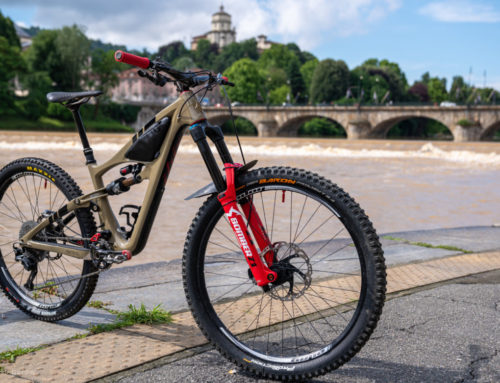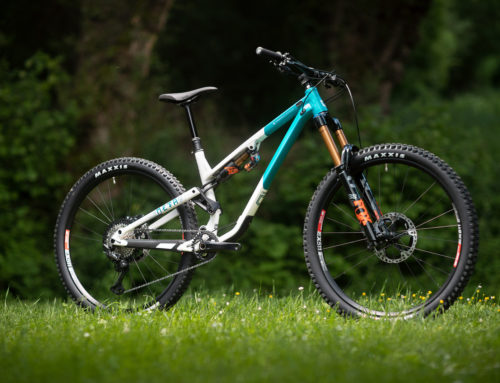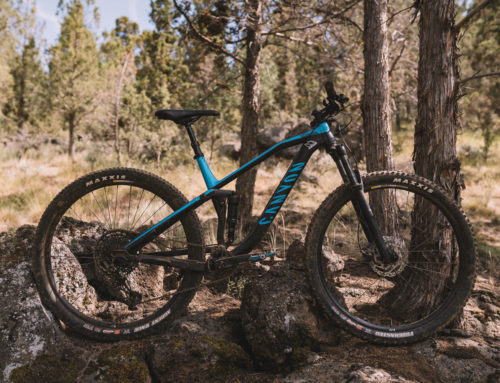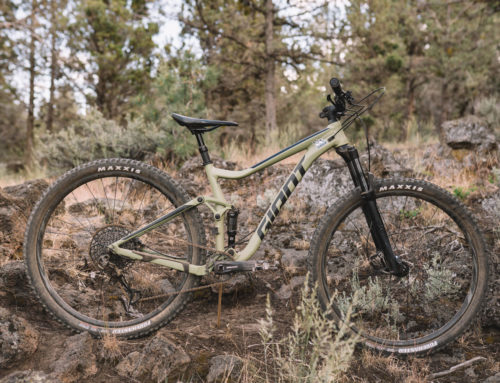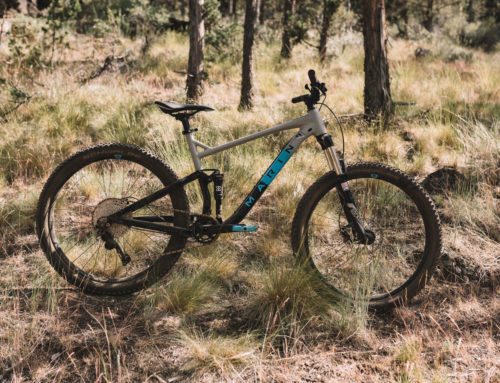Any time you read the word ‘we’ in The Bible of Bike Tests, it means that at least three testers agreed on whatever follows. But occasionally, our testers just don’t agree. Occasionally, some aspect of a bike divides us, and it’s up to you to pick a side. One such impasse arose when discussing the Canyon Strive.
Canyon’s take on the Swiss-Army bike, the Strive introduces a tiny pressurized device to the suspension linkage that shifts the geometry from high-and-tight to low-and-slack, while also drastically augmenting the travel and leverage curve. The full-body approach sets it apart from Cannondale’s Gemini, which simply adds a heap of ramp-up to the air spring. Or, there’s Scott’s Nude, which adds ramp and calms down the damping. Both use a proprietary shock. The Strive does not, which is a bonus. Plus, when you shift the Strive into its firmer mode, the shock maintains a spring and damping behavior that isn’t just uncompromised, it’s optimized. Its small-bump sensitivity is not significantly reduced, but its travel is. You get a more supportive feel out of the shock that is buffed by the steepened angles.
The clever three-button panel that controls the dropper and the shock is compact and easy to reach, but not so compact that you’re ever hitting the wrong button. Less ideal is the body weight shift involved with getting the bike into its steep setting. With the correct lever depressed, it takes an awkward motion to unweight the shock and extend the Shapeshifter, one made more awkward and yet more crucial as a climb gets steeper. Shifting back when it’s time to descend is more intuitive, but the hassle got our testers wondering if it was all worth it.
[continued...]

